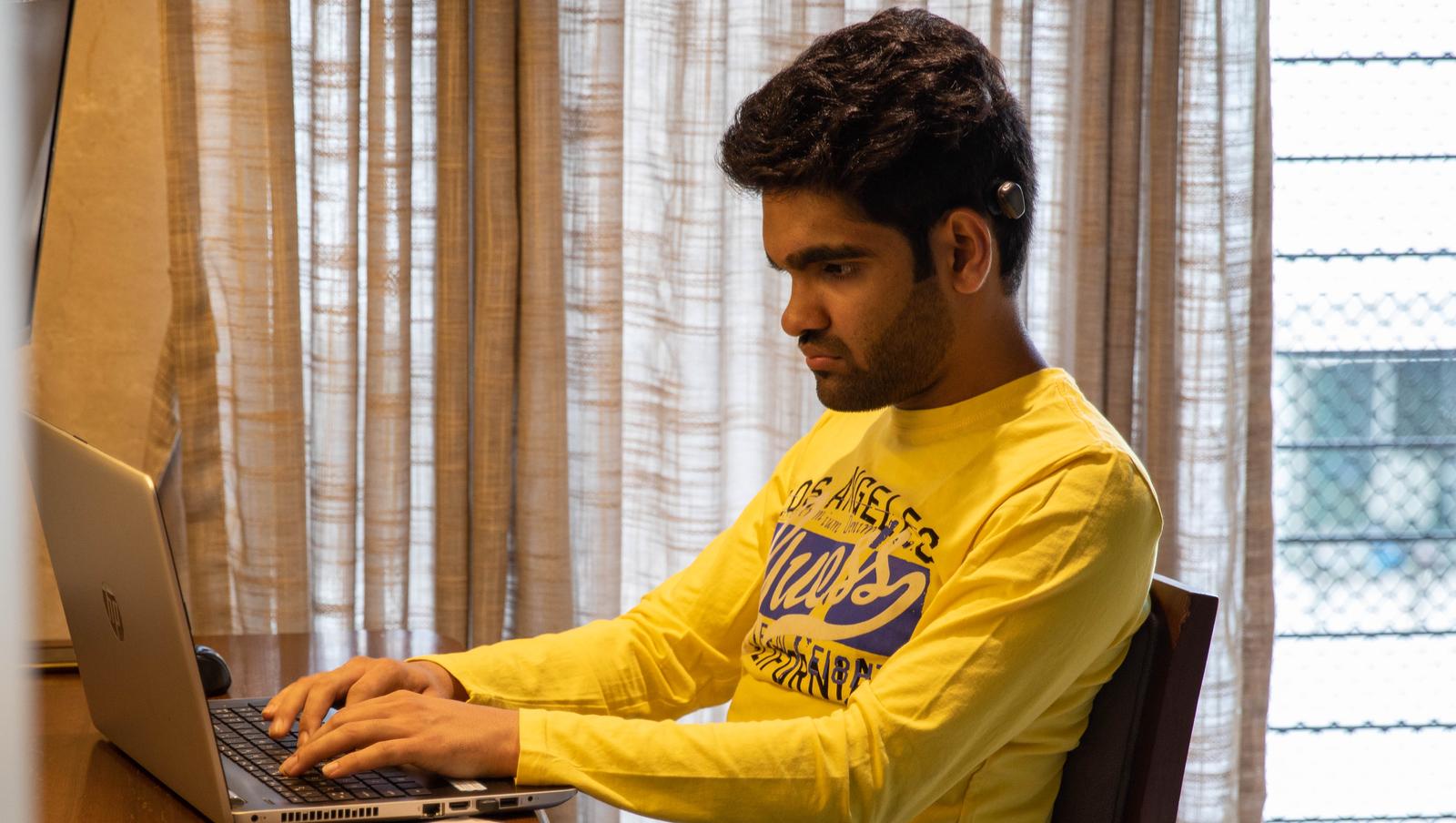Bone conduction implant surgery
Find out about bone conduction implant surgery, including what happens and what to expect before and after the procedure.

What you'll find on this page
- How a surgeon performs a bone conduction implant operation.
- How long an operation takes.
What happens during bone conduction implant surgery?
Cochlear has two types of bone conduction systems – the Osia® System and the Baha® System. The surgeries for each of these systems are routine operations.
Unlike reconstructive middle ear surgeries that risk damaging your existing natural hearing1, implantation does not involve the middle ear space which minimises this risk. The surgery takes place under local or general anesthesia.
If you're getting an Osia System, your surgeon will place the BI300 Implant behind your ear with the Osia OSI200 Implant attached to it. It will fuse to the bone over time through a natural process called osseointegration.
When an adult or a child is getting the Baha System, their surgeon will place the small BI300 Implant behind their ear, where it will fuse to the bone over time.
After surgery, medical staff will apply a protective dressing to the implant area.
How long does a bone conduction implant operation take?
Bone conduction implant surgery is typically an outpatient procedure that takes less than an hour.
"To have such a simple procedure and get my hearing back to this level? I'd do it again without hesitation."
- Robyn, Osia® recipient

Disclaimer
This material is intended for health professionals. If you are a consumer, please seek advice from your health professional about treatments for hearing loss. Outcomes may vary, and your health professional will advise you about the factors which could affect your outcome. Always read the instructions for use. Not all products are available in all countries. Please contact your local Cochlear representative for product information.
For a full list of Cochlear’s trademarks, please visit our Terms of Use page.
Views expressed are those of the individual. Consult your health professional to determine if you are a candidate for Cochlear technology.
References
- Al Anazy FH, Alobaid FA, Alshiha WS. Sensorineural hearing loss following tympanoplasty surgery: A prospective cohort study . Egypt J Otolaryngol 2016;32:93-7






